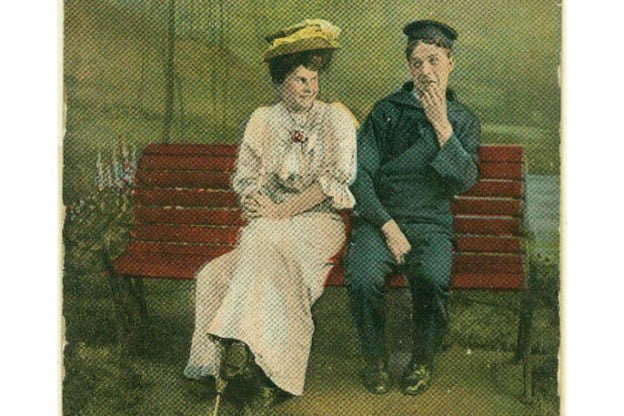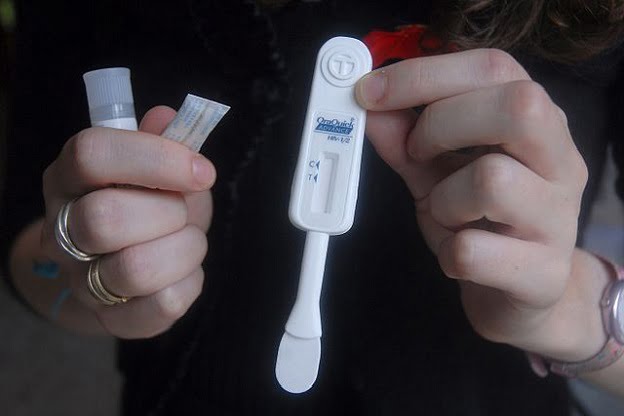Sexual Health
Is The Fifty Shades Series Helpful? Research Findings Are Grey
The Fifty Shades series has sold over 125 million book copies and the 2015 film based on the first book grossed nearly $570 million across the globe and fuelled many sexual fantasies. The sexual nature of the series and it’s wide reach were enough to intrigue my curiosity. Now more than ever, youth are utilizing the media as a source of sex education. Researchers examining the sexual messages in the media report relatively common themes across mediums. TV programming, music videos, books, films, and magazines portray sexuality as non-relational behavior with little to no discussion about planning or consequences such as contraception, STIs, or unwanted pregnancy. However, I knew from shamelessly indulging in the Fifty Shades series over the winter holiday of 2014, that these books were different.
First, the series was written in a relational context – Ana and Christian were in a romantic relationship which resulted in marriage and children. Second, there was regular talk of condom use, contraception, family planning, and sexual consequences (unintended pregnancy). Third, it is important to note that while Fifty Shades is only a recent entry in a catalog of erotic literature that has explored risque and titillating themes, its release on e-readers and associated discretion is unique and a potential factor in the success of the series and exposure to the masses.
Due to its subject matter, Fifty Shades has already garnered some research attention and the findings have not necessarily been positive. The series has been criticized for exhibiting heteronormative relationship patterns (e.g., marriage and reproduction) and “othering” BDSM practices. Other researchers examining the Fifty Shades text cited evidence of intimate partner violence, links to risky health behaviors, and problematic portrayals of consensual sexual activity. However no one had examined the sexual health themes in the series. This gap inspired my coauthors and I to initiate an analysis of the Fifty Shades series looking for themes related to sexual health and BDSM identities.
To conduct this study, we used a relational model of optimal sexuality because most sexual behavior was performed in the context of this literary romantic relationship. We found a spectrum of positive and negative sexuality-related themes. Positive themes included discussion of sexual desire, sexual communication, sexual/intimate exploration, and approach-oriented sexual motivation. These themes are constructs that sexuality research has associated with improved sexual well-being among couples. Additionally, Fifty Shades is a unique form of media in that most of sexual scenes (n = 44) contained or implied use of contraception or family planning methods. However, a related negative theme was that control over the contraception method was nearly always given to the male character, except when the method failed. This type of message reinforces gender stereotypes portraying women as incompetent and dependent on men to navigate contraceptive use. The books also provided mixed messages about consent by incorporating responsible behaviors such as declining sex because the other partner is too drunk, and irresponsible behaviors such as using alcohol as a coercive tool.
Additionally, characters in the books identifying as BDSM (bondage, dominance, sadism/submission, masochism) practitioners were portrayed in a notably negative light – as traumatized and pysychologically unstable, perpetuating negative stereotypes about an already misunderstood practice. Research on BDSM bondage practitioners does not support these claims. In fact, BDSM practitioners have high levels of psychological functioning, bonding, and sexual skill building. As shared in a previous post, BDSM can be an avenue through which participants can confront fears, explore desires, experiment with gender roles, and derive meaning as part of a community of others with the same “hobby”/lifestyle.
So, where does this leave the consumer of the Fifty Shades series waiting for the 2017 film? Well, that may depend. For all of the older female readers to whom the genre “mommy porn” was be dedicated, these positive messages about sexual desire, sexual communication, and sexual exploration may inspire them to try new things and take sexual risks with their long-term partners. However, youth reading this series with little or no sexual education or experience may understand these themes in a different light. For example, one study found that youth 18-24 who read Fifty Shades of Grey were more likely to experience elements of intimate partner violence victimization in comparison to other youth who had not read the books. In sum, The Fifty Shades series offers both positive and negative sexuality messages to readers and whether this series is a helpful depends on the context and the age of the audience.









